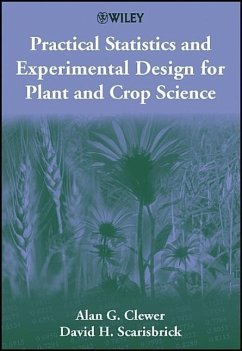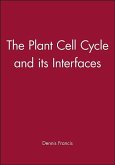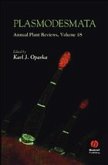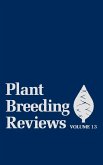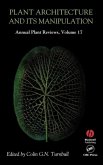Practical Statistics and Experimental Design for Plant and Crop Science provides an introduction to the principles of plant and crop experimentation. Avoiding mathematical jargon, this text explains how to plan and design an experiment, analyse results, interpret computer output and present findings. Using specific crop and plant case studies this user-friendly guide presents: * The reasoning behind each statistical method before giving practical examples * Step-by-step calculations with examples linked to three computer packages (MINITAB, GENSTAT and SAS) * Exercises at the end of many chapters * Advice on presenting results and report writing Written by experienced lecturers, this text will be invaluable to undergraduate and postgraduate students studying plant sciences, including plant and crop physiology, biotechnology, plant pathology and agronomy, plus ecology and environemntal science students and those wanting a refresher or reference book in statistics.
"This introduction to the principles of plant and crop experimentation avoid mathematical jargon in its explanations of how to plan and design an experiment, analyze results, interpret computer output, and present findings...presents the reasoning...before giving practical examples and offers step-by-step calculations..." (SciTech Book News, Vol. 25, No. 3, September 2001)

